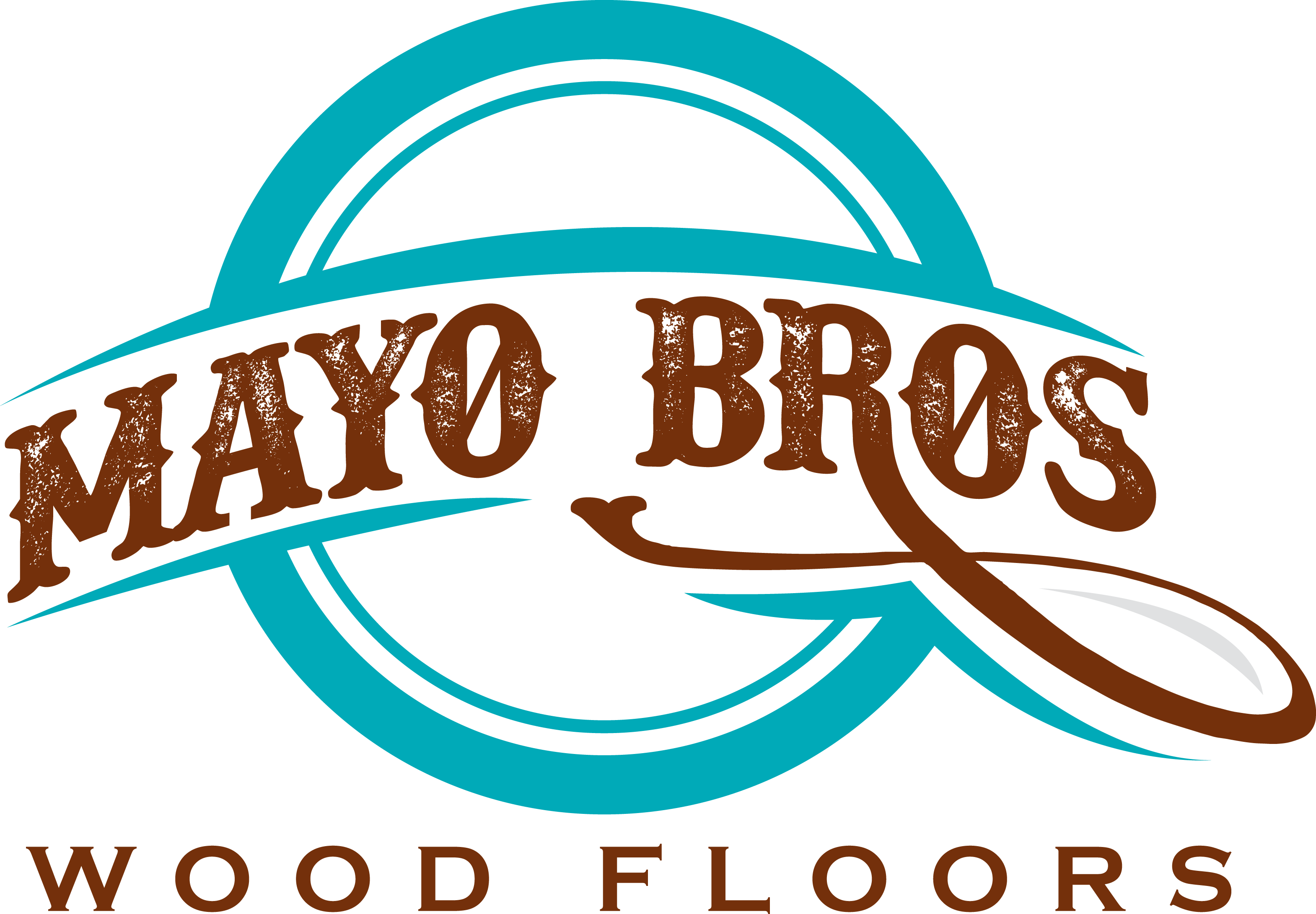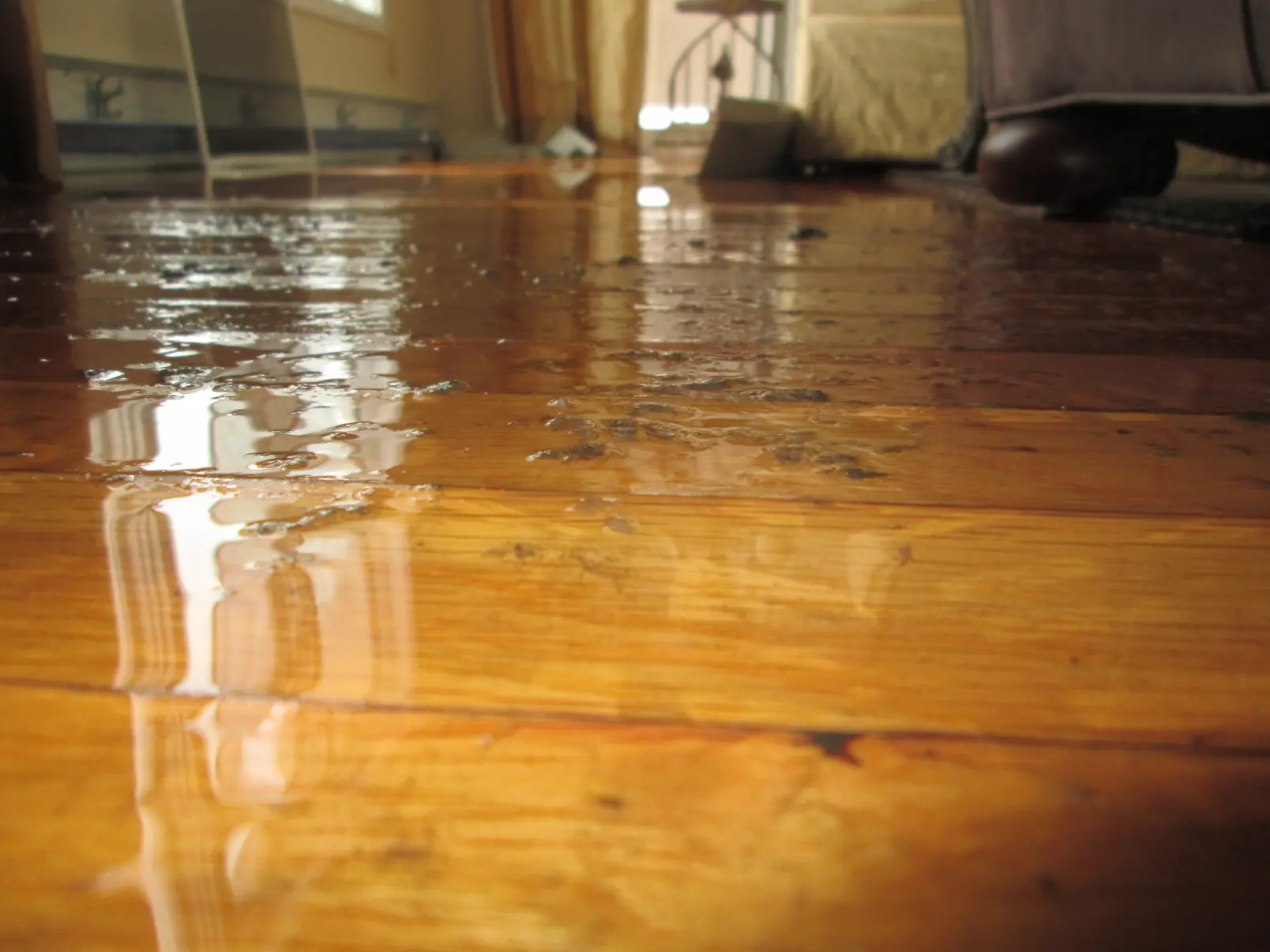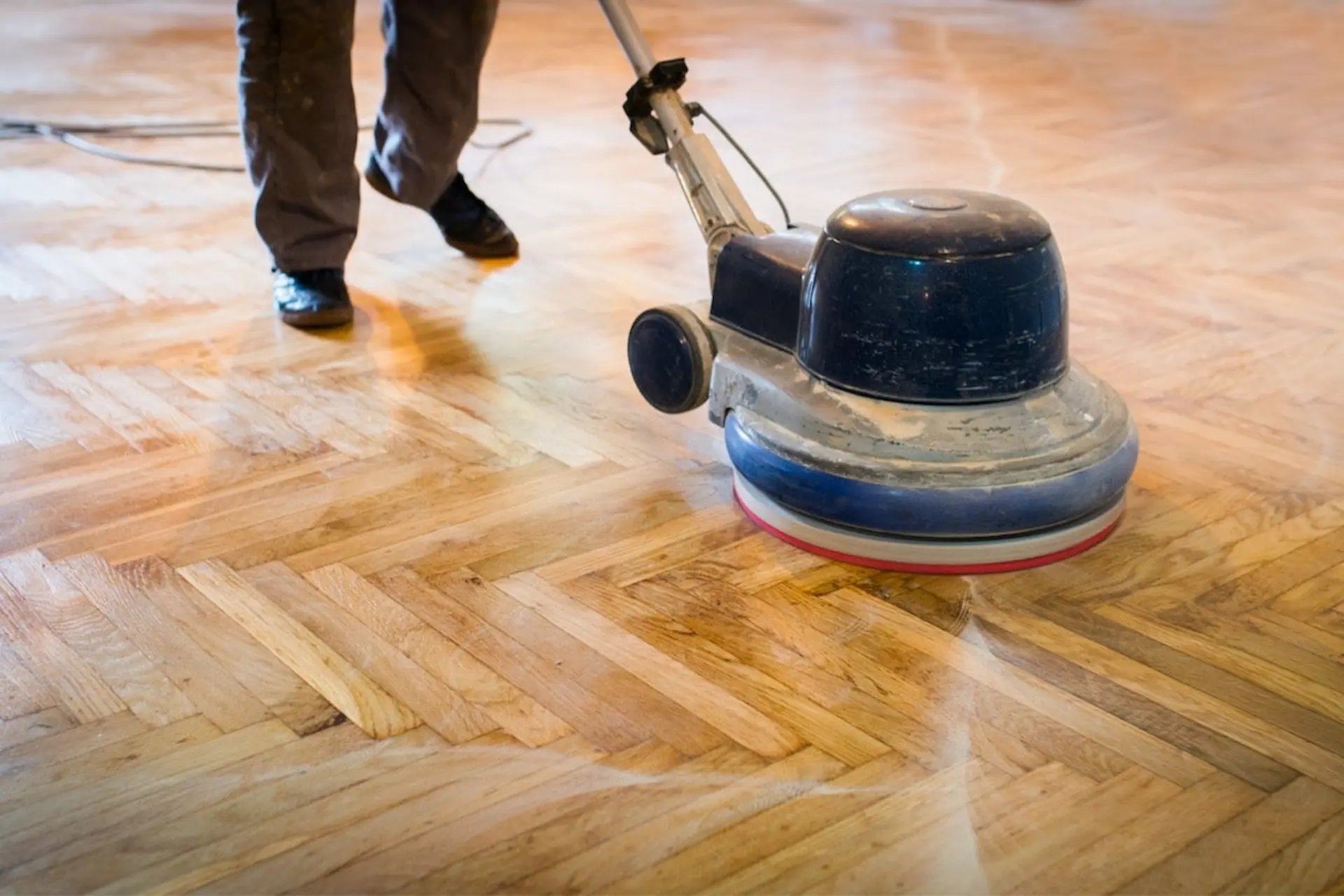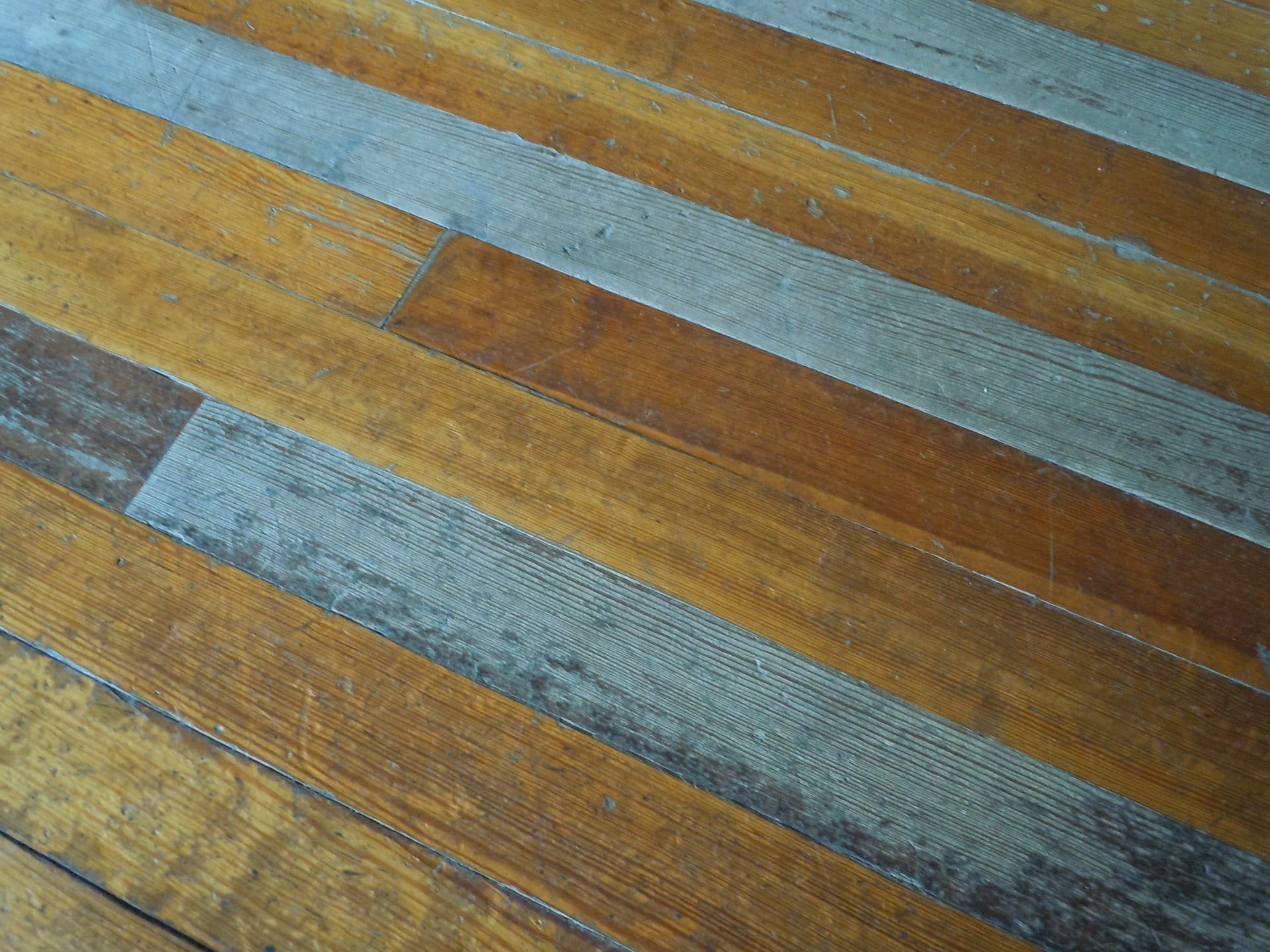Hardwood floors are an investment in any home, and they can last for many years with proper care and maintenance. However, one of the biggest threats to hardwood floors is water damage. Whether it’s from a leaking pipe, a flood, or rainwater, water damage can cause significant and costly damage to your hardwood floors. In this article, we will discuss the best 5 tips on how to fix water damage on hardwood floors.
1. Identify the cause of water damage
The first step in fixing water damage on hardwood floors is to identify the cause of the damage. This will help you determine the best course of action to take. The three most common causes of water damage are:
a. Leaking Pipes: Leaking pipes are a common cause of water damage. If you suspect that your hardwood floors have been damaged by a leaking pipe, turn off the water source immediately.
b. Flooding: Flooding is another common cause of water damage to hardwood floors. If your home has been flooded, it’s important to take immediate action to prevent further damage.
c. Rainwater or Snowmelt: If your home has been exposed to rainwater or snowmelt, this can also cause water damage to your hardwood floors.
2. Immediate Actions to Take
Once you have identified the cause of the water damage, the next step is to take immediate action to prevent further damage. Here are some immediate actions to take:
a. Shut off the water source: If the water damage is caused by a leaking pipe, turn off the water source immediately to prevent further damage.
b. Remove excess water: Use a wet/dry vacuum to remove any excess water from the floor. You can also use towels or a mop to soak up any standing water.
c. Use fans or dehumidifiers: Use fans or dehumidifiers to help dry the floor and prevent further damage.
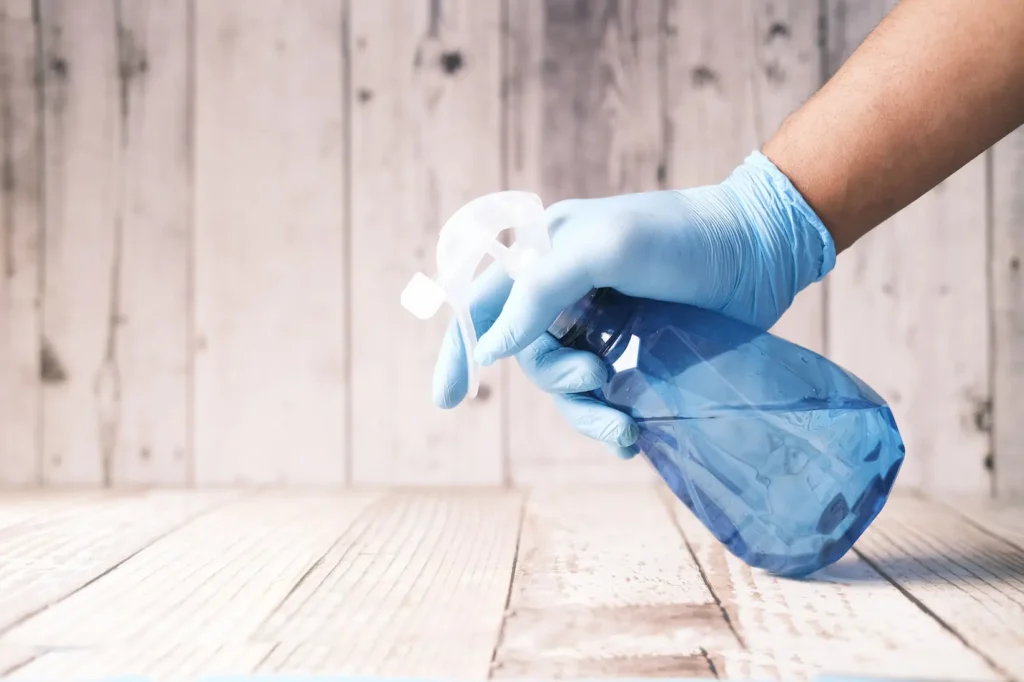
3. Cleaning and Drying
After you have taken immediate action to prevent further damage, the next step is to clean and dry the floor. Here are some steps to follow:
a. Remove any dirt or debris: Use a broom or vacuum to remove any dirt or debris from the floor.
b. Use specialized hardwood cleaner: Use a specialized hardwood cleaner to clean the floor. Avoid using regular soap or detergent as this can damage the floor.
c. Dry the floor completely: Use fans or dehumidifiers to help dry the floor completely. It’s important to ensure that the floor is completely dry before moving on to the next step.
4. Repairing and Restoring the Floor
Once the floor is dry, the next step is to repair and restore the floor. Here are some steps to follow:
a. Sanding and refinishing: If the damage is minor, sanding and refinishing the floor may be enough to restore it to its original condition.
b. Replacing damaged boards: If the damage is more extensive, you may need to replace damaged boards. This can be a complex and time-consuming process, but it’s important to ensure that the repair is done correctly to prevent further damage.
c. Hiring a professional: If you’re unsure about how to repair or restore your hardwood floor, or if the damage is extensive, it’s best to hire a professional to do the job.
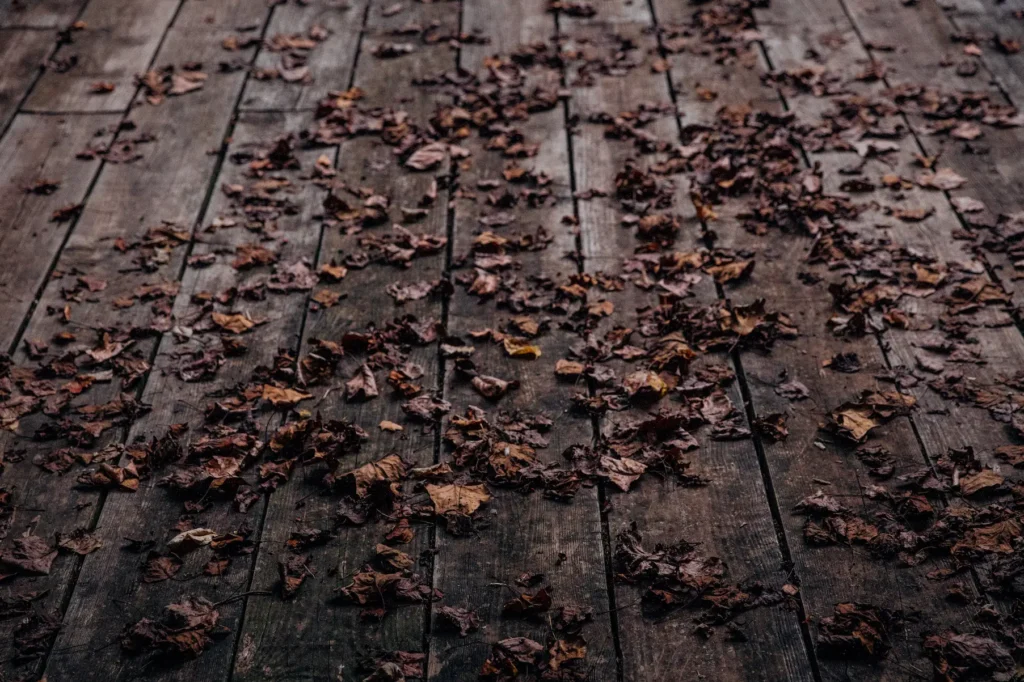
5. Prevention Tips
Preventing water damage to your hardwood floors is the best way to ensure that they last for many years. Here are some prevention tips to follow:
a. Routine maintenance: Perform routine maintenance on your hardwood floors, including cleaning and polishing, to keep them in good condition.
b. Waterproofing: Consider waterproofing your hardwood floors to prevent water damage. This can be done by applying a waterproofing agent or sealant to the surface of the floor.
c. Addressing any leaks immediately: If you notice any leaks in your home, address them immediately to prevent water damage to your hardwood floors.
Conclusion
Water damage to hardwood floors can be a costly and time-consuming problem to fix. However, by taking immediate action, cleaning and drying the floor, and repairing and restoring the floor as needed, you can minimize the damage and restore your hardwood floors to their original condition. By following the prevention tips outlined in this article, you can also prevent water damage from occurring in the first place.
FAQs
Q: Can water-damaged hardwood floors be repaired?
A: Yes, water-damaged hardwood floors can be repaired. The extent of the damage will determine the best course of action to take.
Q: How long does it take to repair water-damaged hardwood floors?
A: The time it takes to repair water-damaged hardwood floors will depend on the extent of the damage and the method of repair.
Q: Can I repair water damage to my hardwood floors myself?
A: Minor water damage can be repaired by homeowners, but more extensive damage may require the help of a professional.
Q: How can I prevent water damage to my hardwood floors?
A: Preventing water damage to your hardwood floors can be done by performing routine maintenance, waterproofing, and addressing any leaks immediately.
Q: How often should I perform routine maintenance on my hardwood floors?
A: It’s recommended to perform routine maintenance on your hardwood floors at least once a year, or more often if necessary.
